2024 Autumn China National Pharmaceutical Machinnery Exposition.
Our booth Number:3-79
From 17-19th,Nov
Call Shirley8613779922513(whatsapp)
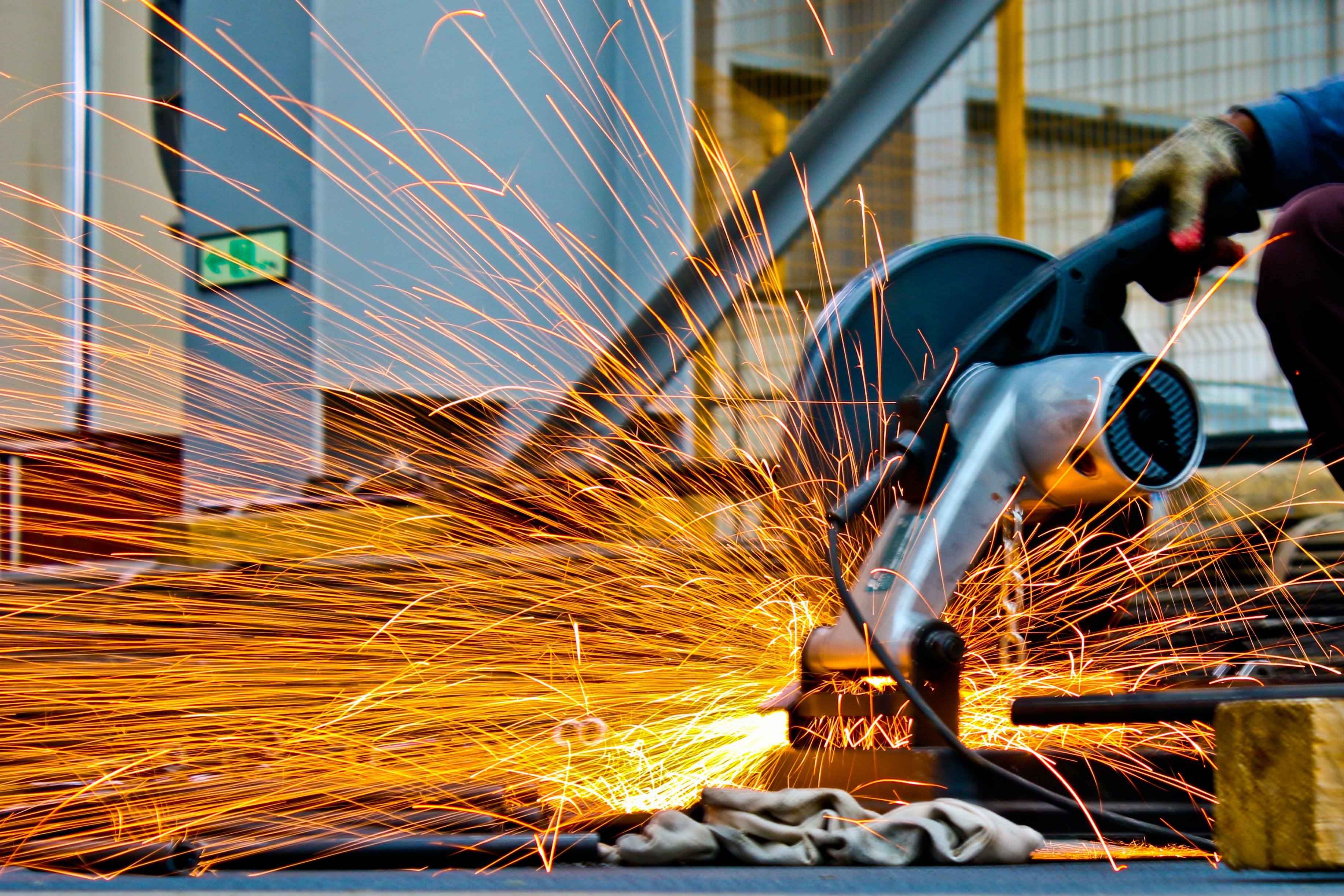
2024 Autumn China National Pharmaceutical Machinnery Exposition.
Our booth Number:3-79
From 17-19th,Nov
Call Shirley8613779922513(whatsapp)
2024 Shenzhen International Hotel EX Expo
Address: Shenzhen International Convention and Exhibition Center
Exhibition Hall: Hall 13
Booth No.: 13c30
Exhibition Time: 2024.12.12-12.14,
Our C88W pyramid tea bag packing machine with different shape outer bag,
C28DX high speed pyramid tea bag packing with outer envelope,
single lane powder bag packing machine,
4 lane liquid bag packing machine,
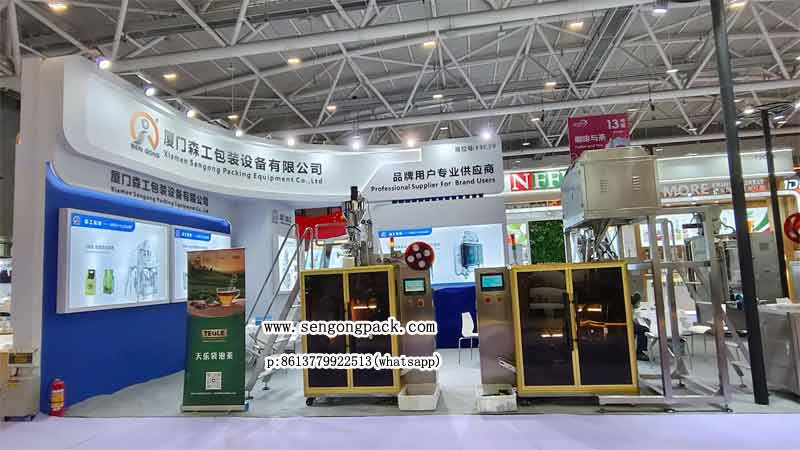
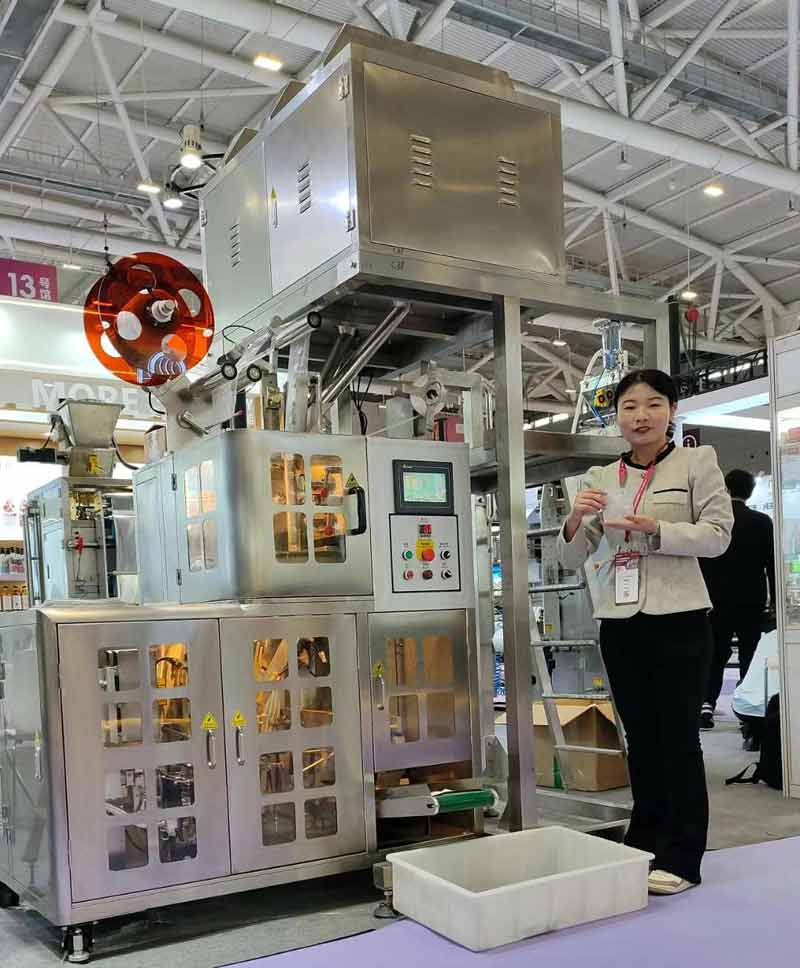
2025 International HotelEx Shanghai
Welcome visit Hall 2.2 C26
High speed Pyramid tea &drip coffee bag packing machine, mlti- lane power liquid bag packing machine.
More details,pls kindly check website:
http://www.sengongpack.com
Email: sales@sengongpack.com
Phone:8613779922513(whatsapp/wechat)
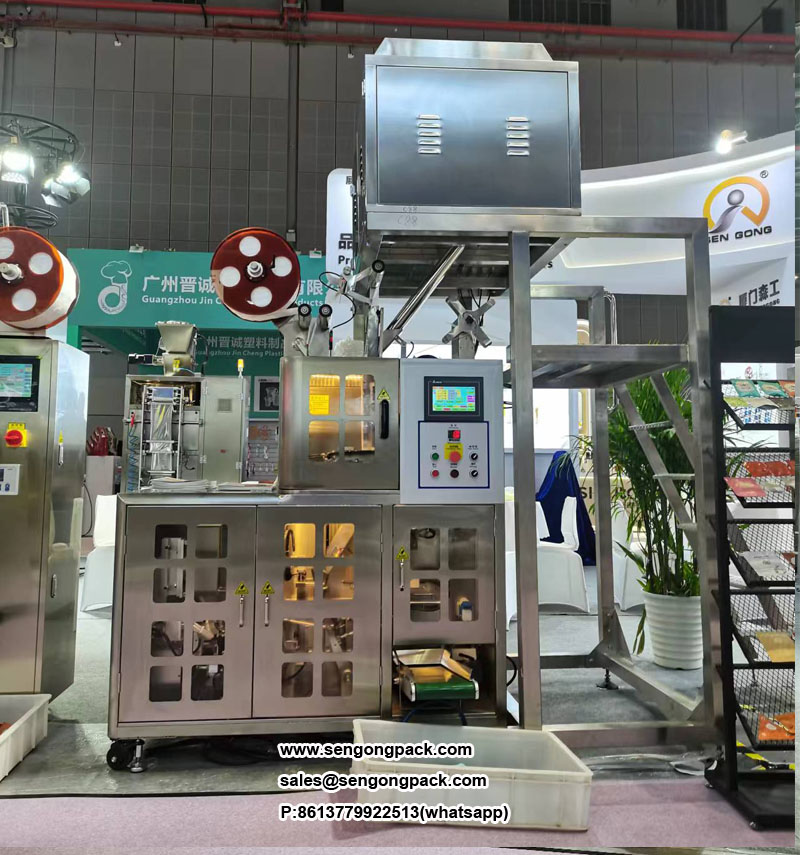
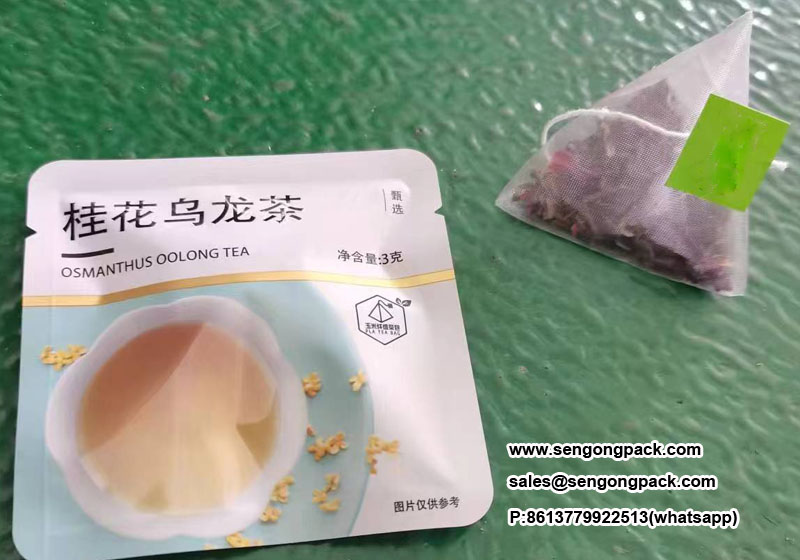
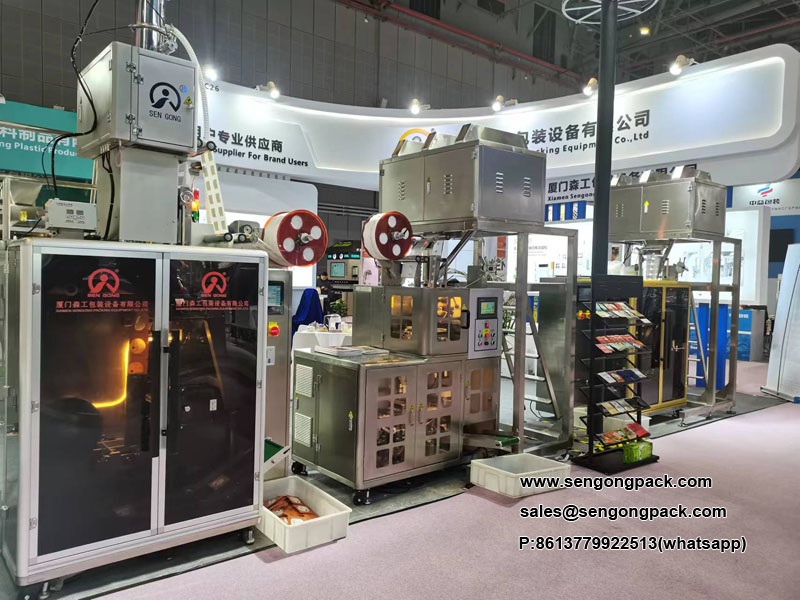
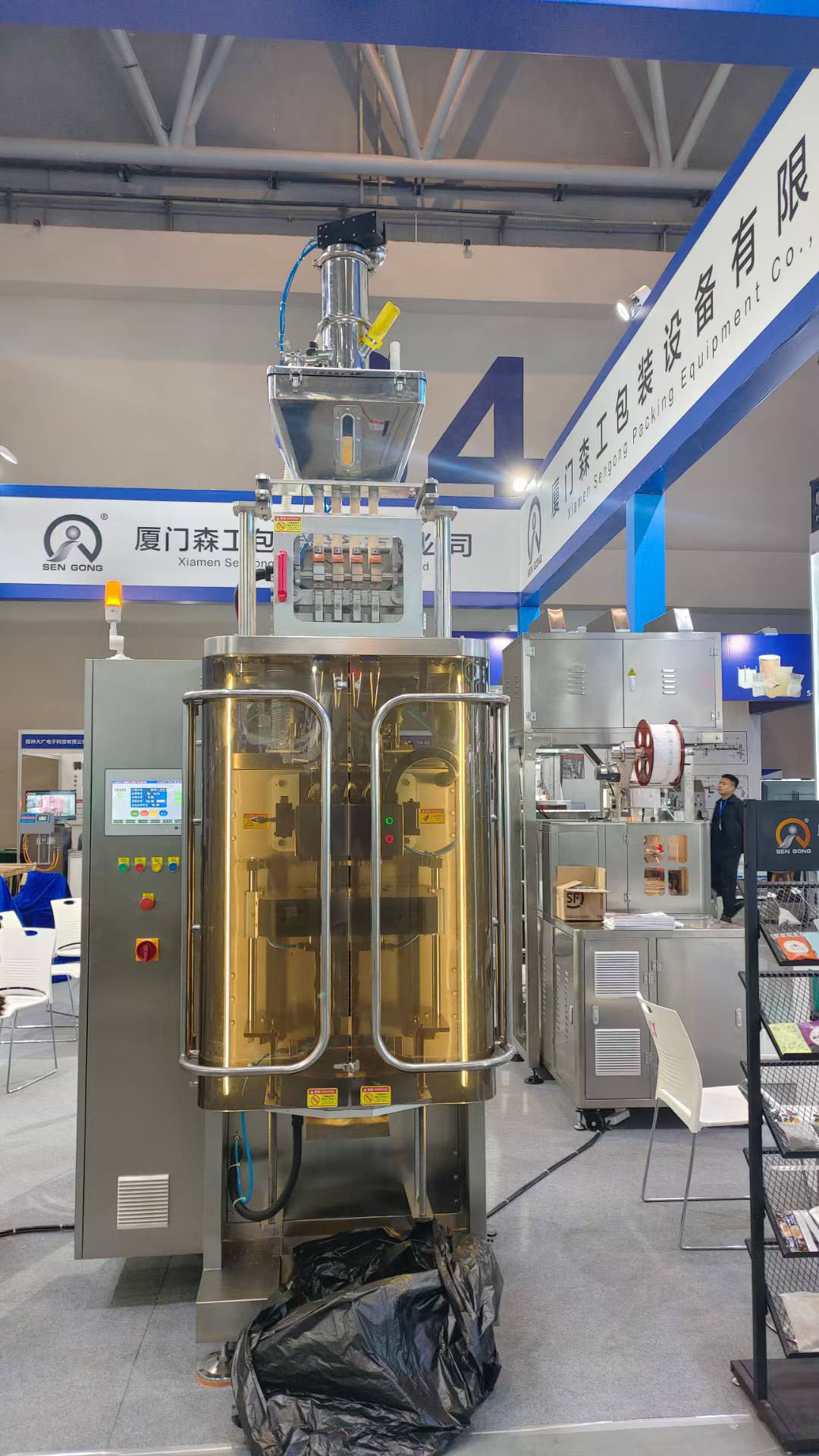
Senong machine on All pack,Jakarta
from 9-12th,Oct2024
Booth number :DB037
Our machine pure electric C20DX Pyramid tea bag packing machine on All pack,Jakarta
slience,quite,high efficient
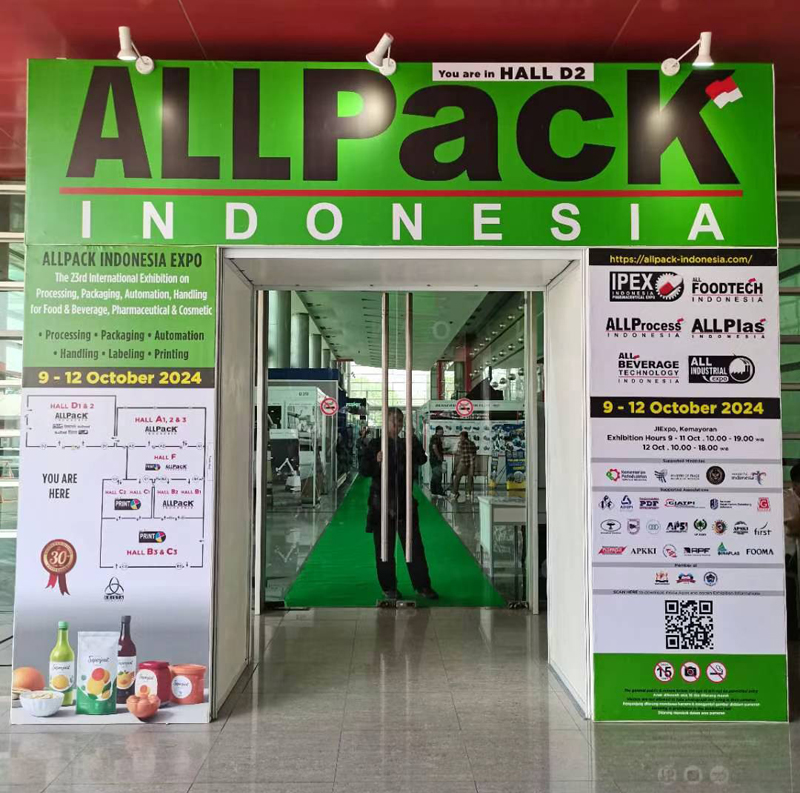
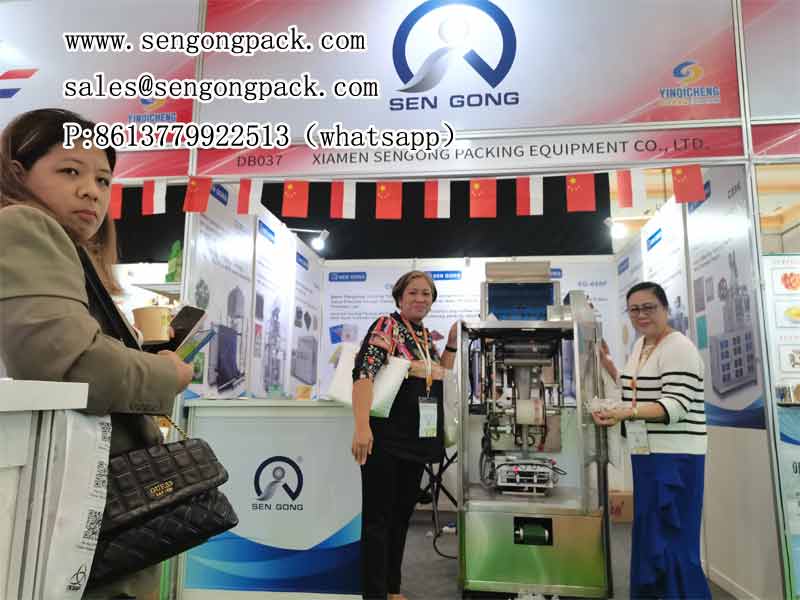
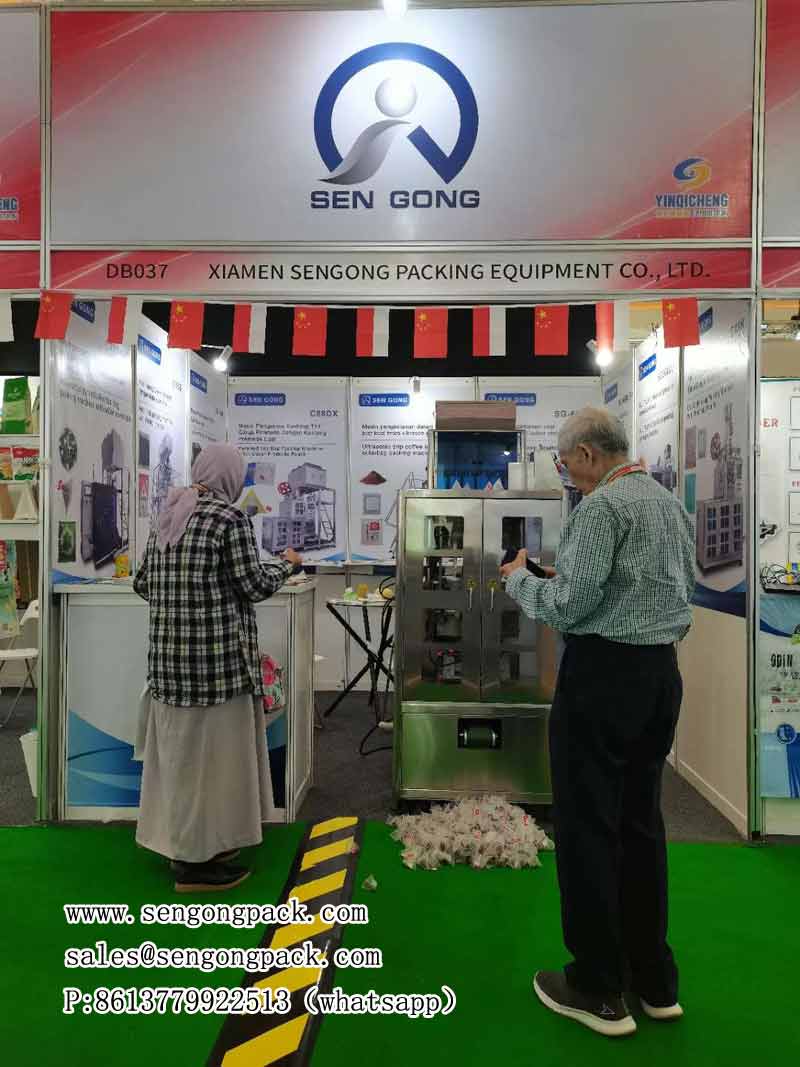
Machien video:
In the thriving beverage and pure water packaging industry of Mali, our company is proud to introduce a groundbreaking bag sachet filling machine. This innovative device stands out with its compact size, user-friendly operation, intuitive temperature control settings, advanced motor technology, and affordable pricing. It is designed to give beverage packaging and pure water packaging businesses a significant edge in the market.
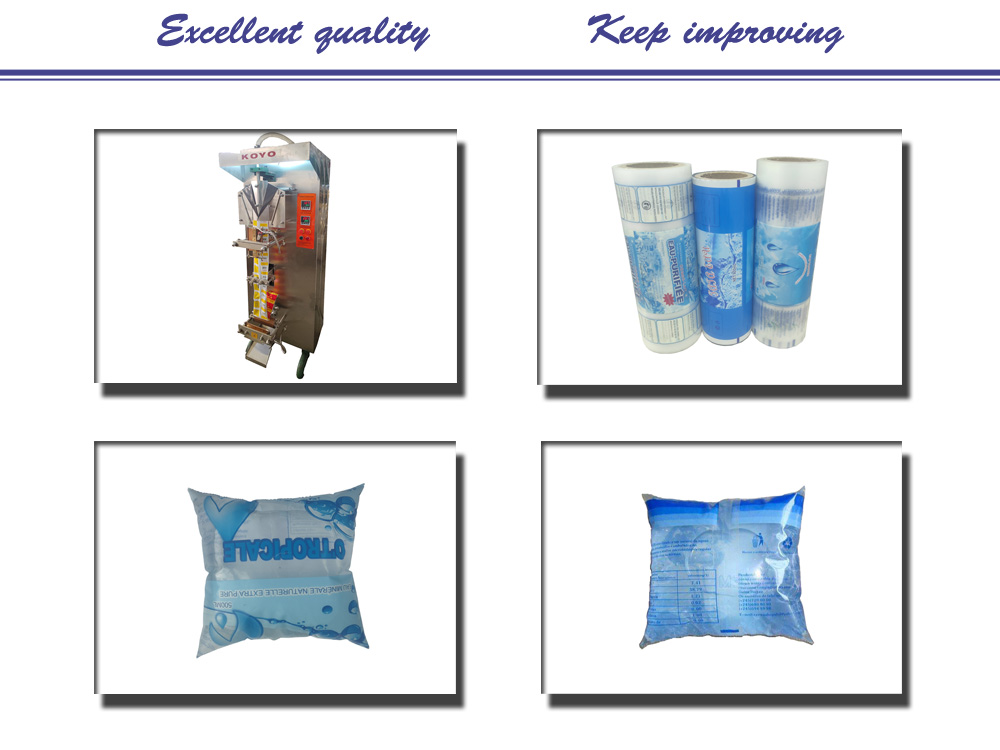
Mali’s beverage and pure water market is unique. Unlike neighboring countries with strict plastic regulations, Mali does not limit traditional plastic bag usage. This has allowed the bagged beverage industry to flourish. However, the market is also highly competitive. Traditional bag sachet filling machines often come with drawbacks such as bulky sizes, complex operations, unintuitive temperature controls, outdated motor technology, and high costs. These factors limit their accessibility and efficiency for many small and medium-sized producers.
Our new bag sachet filling machine addresses these challenges head-on. First and foremost, its compact design makes it easy to install, move, and maintain in various production environments. This is particularly beneficial for small workshops and rural production sites with limited space. The machine’s simplicity extends to its operation. We have streamlined the user interface, making it easy for operators with minimal training to quickly master the machine’s functions. This is especially valuable in Mali, where technical expertise may be limited in some regions.
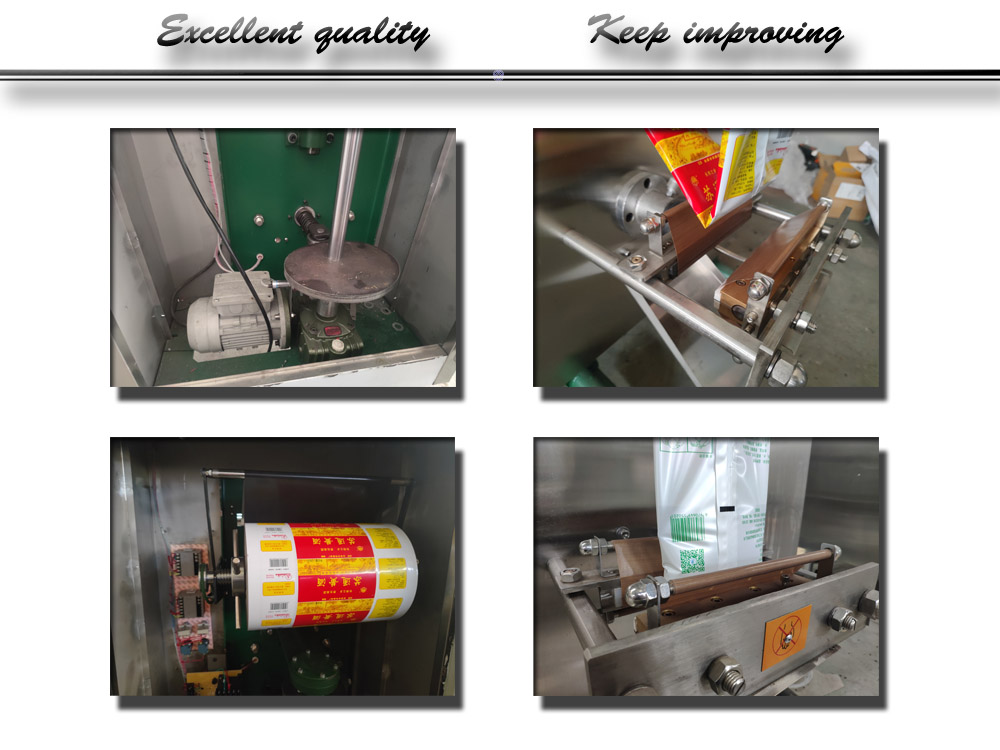
The temperature control system is another standout feature. Unlike traditional machines with complicated temperature adjustment processes that can lead to inconsistencies and errors, our machine features an intuitive temperature control interface. Operators can easily set and maintain the ideal temperature for different packaging materials, ensuring consistent sealing quality and reducing waste. This advancement significantly improves production efficiency and product reliability.
At the heart of the machine is its advanced motor technology. This not only enhances the machine’s performance but also reduces energy consumption, making it more cost-effective to operate. In a market where energy costs can impact profitability, this is a crucial advantage. Additionally, the machine’s affordable price point makes it accessible to a wider range of producers, including small businesses and startups looking to enter the bagged beverage and pure water market.
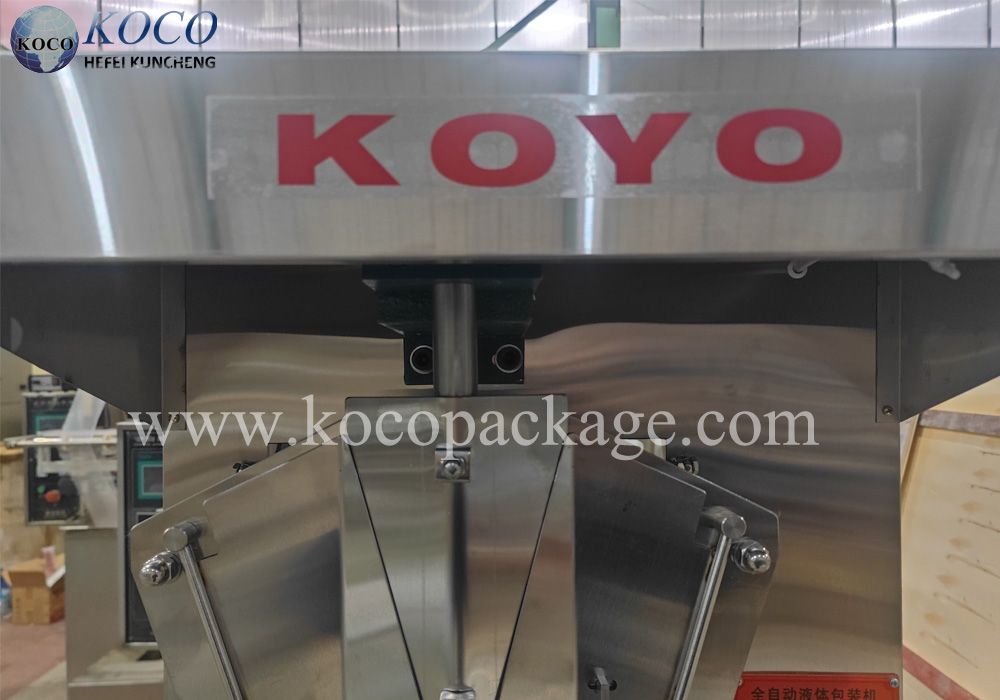
In the context of Mali’s market, where demand for affordable and efficient production equipment is high, our bag sachet filling machine offers a perfect solution. It combines the benefits of modern technology with practicality and affordability. For pure water producers using water machines in bag/sachet packing, this device provides a faster and more reliable way to meet the daily demand for bagged water. Similarly, for businesses involved in Juice filling machine operations, it offers a versatile solution for packaging juices in convenient bag formats.
Furthermore, the machine’s adaptability makes it suitable for various packaging materials and bag sizes, giving producers the flexibility to diversify their product offerings. Whether it’s pure water, fruit juices, or other beverages, this machine can handle the packaging requirements with ease.
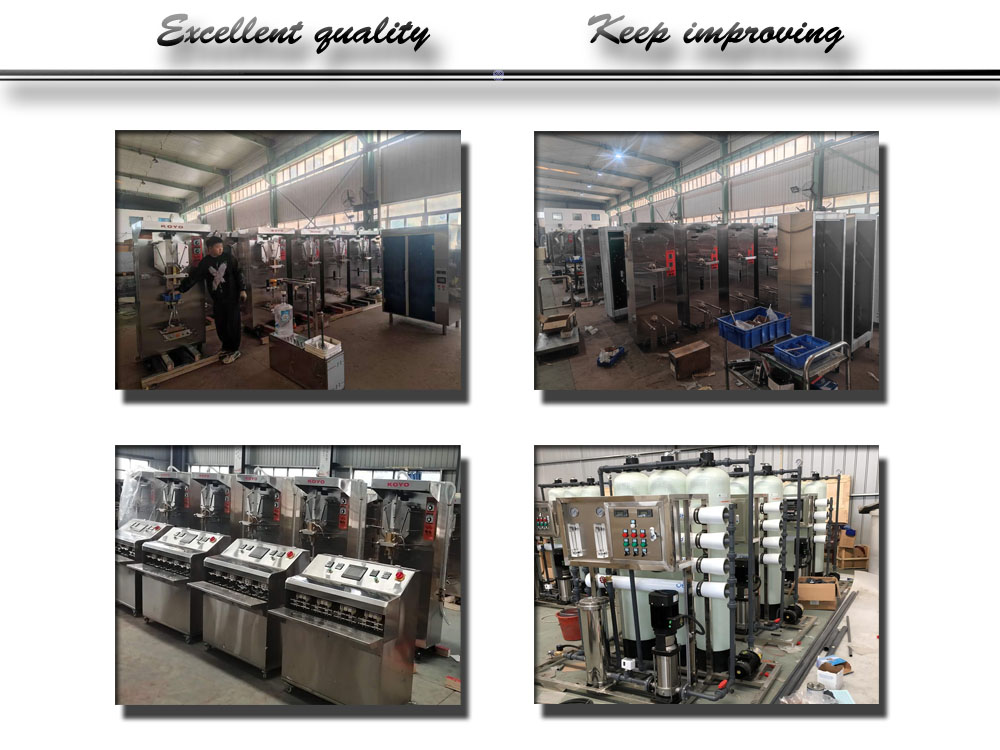
As Mali’s beverage and pure water market continues to grow, driven by increasing consumer demand and the absence of plastic restrictions, our sachet packaging machine is poised to become a game-changer. It empowers producers to enhance their production capabilities, improve product quality, and ultimately capture a larger share of the market. By investing in this innovative machine, businesses can position themselves at the forefront of Mali’s dynamic beverage and pure water packaging industry, ready to meet the needs of consumers and stay ahead of the competition.
In Africa, with the growing demand for clean drinking water and the development of the water packaging industry, bag water filling machines have become increasingly popular and offer significant advantages over bottled water filling machines.
Lower Equipment Cost:
Compared to bottled water filling machines, bag water filling machines typically require a lower initial investment. For example, some high-performance bag water filling machines on the market cost approximately $1,000 to $5,000, while bottled water filling machines typically require a higher upfront cost due to their complex structure and advanced technology.
Lower Production Cost:
Sachet water machines use fewer materials than bottled water. The primary material for bagged water is plastic film, which is relatively inexpensive. In contrast, bottled water requires the purchase of plastic bottles, caps, labels, and other materials, which increases production costs. Furthermore, bag water machines typically consume less energy during operation. For example, some bag water machines have a rated power of only 1.6 kilowatts, further reducing production costs.
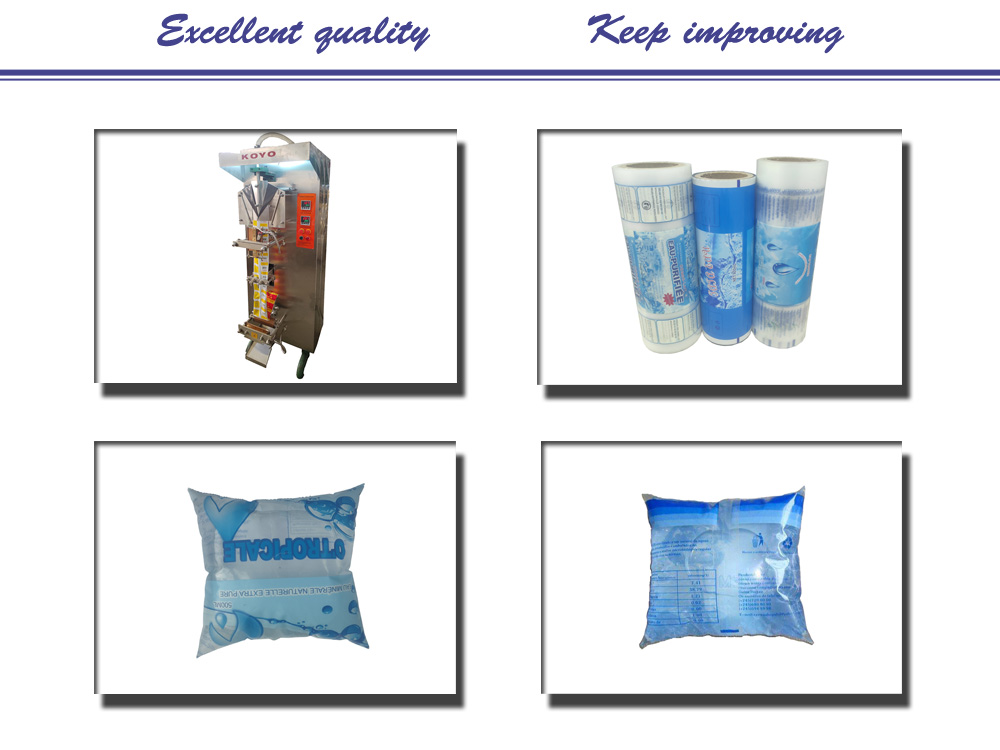
Reduced Transportation and Distribution Costs:
Bagged water is lighter and more compact, making it easier to transport and distribute. This reduces logistics costs and minimizes losses caused by bottle breakage during transportation. In parts of Africa where transportation infrastructure is underdeveloped, the lightweight and space-saving nature of bagged water makes it an advantage in distribution.
Flexible Packaging Sizes:
Water filling machines can accommodate a variety of packaging sizes, typically offering capacities from 50 to 500 ml, to meet diverse consumer needs. This flexibility allows businesses to adjust packaging sizes based on market demand and consumer preferences. Bottled water filling machines, on the other hand, are typically limited to specific bottle sizes, making switching between different capacities inconvenient.
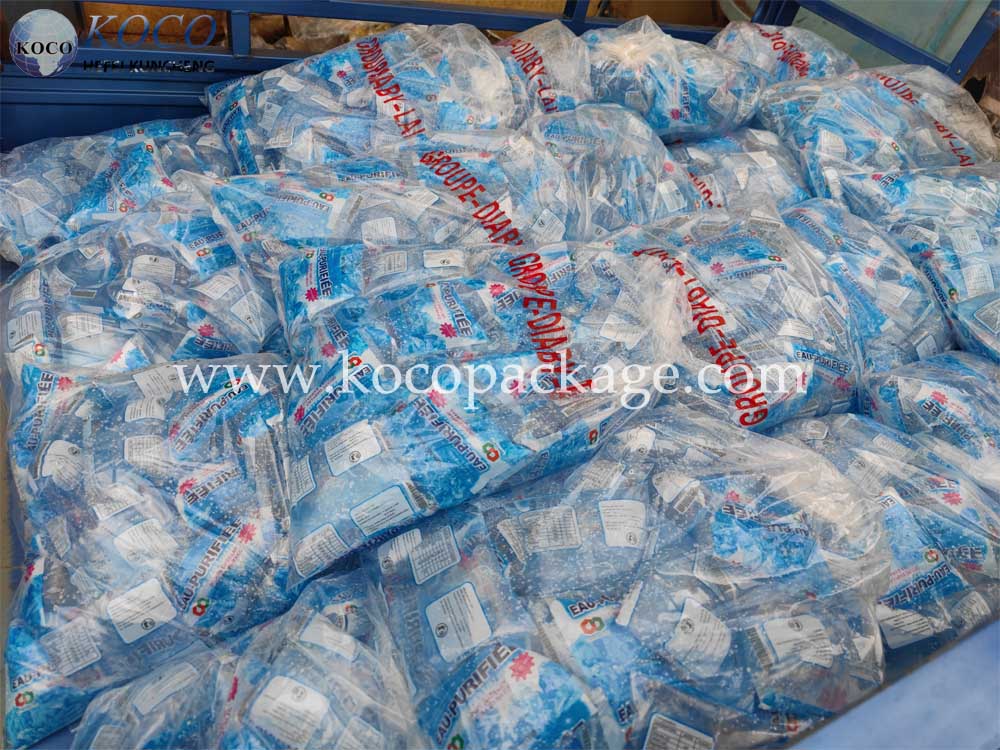
Adaptable to Different Water Sources:
Water quality varies significantly across Africa. Bagged water filling machines can be equipped with simple filtration systems to adapt to different water sources and produce clean, hygienic drinking water. However, bottled water filling machines have more stringent water quality requirements and typically require more complex and expensive water treatment equipment to ensure the quality of the bottled water.
High Consumer Acceptance:
Bagged water is widely accepted in the African market. In many African countries, bagged water has become a popular choice due to its convenience, affordability, and compatibility with local consumer lifestyles. For example, in the Accra-Tema metropolitan area of Ghana, bagged water consumption has surged over the past decade, filling a critical gap in household water security. In contrast, bottled water is often viewed as a higher-end product, which limits the purchasing power of some consumers.
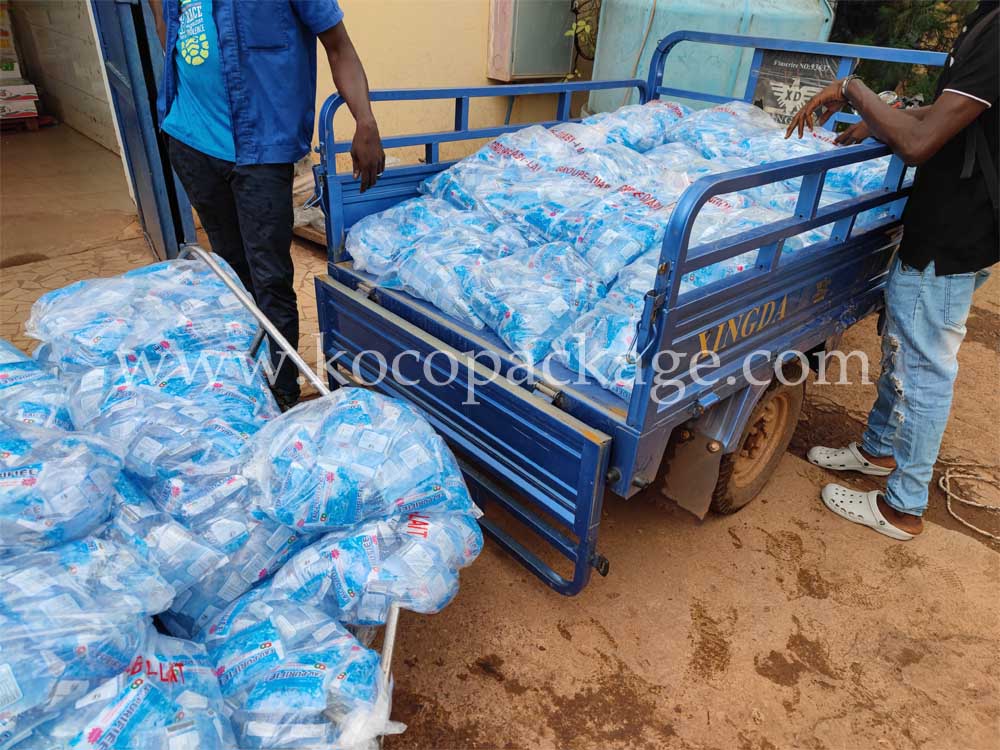
Strong Market Potential:
As Africa's population grows and living standards improve, the demand for clean drinking water continues to rise. Bagged water, as an affordable and convenient option, holds significant market growth potential. Entrepreneurs and businesses can leverage bagged water machines to quickly enter the market and capture a larger share of the drinking water market.
Easy Operation:
Bag filling machines feature a user-friendly design. Their one-touch control interface and automated features make them easy to operate, even for workers with minimal technical training. This reduces operational complexity and training costs for businesses. However, bottled water filling machines typically require higher levels of skill and technical knowledge.
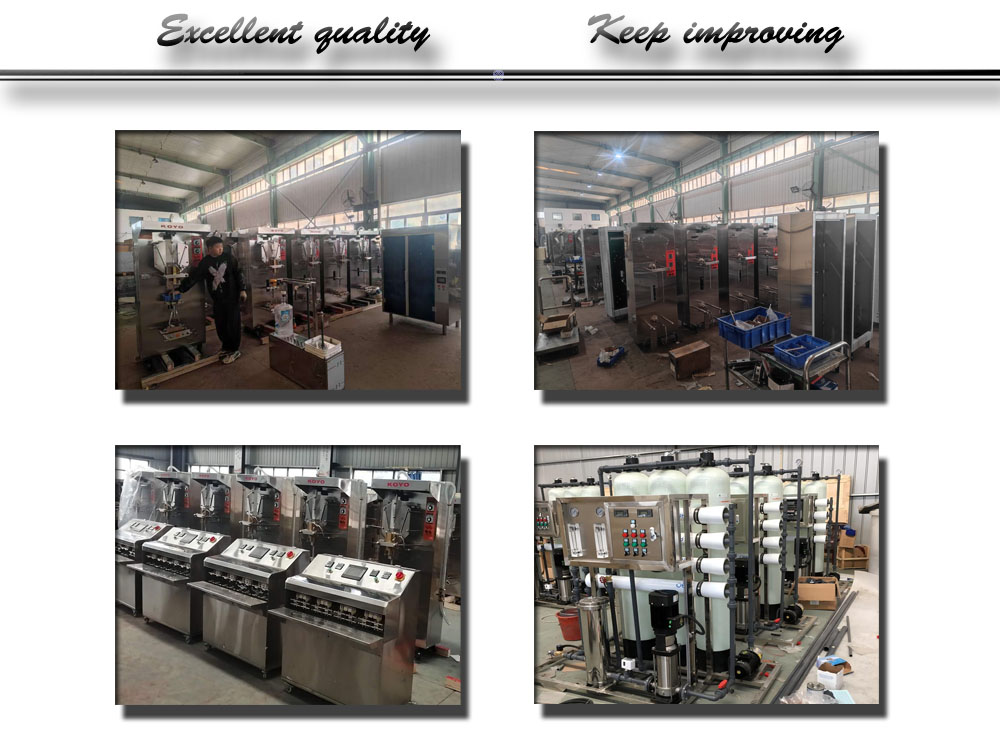
Low Maintenance Cost:
Bag filling machines typically have a simple structure with fewer mechanical parts, resulting in lower maintenance requirements. Routine maintenance mainly involves cleaning and replacing easily worn parts, which helps ensure stable machine performance and reduce downtime. Bottled water filling machines have complex mechanical and electrical systems and require more frequent and professional maintenance.
In the African market, bagged water filling machines offer numerous advantages over bottled water filling machines, including cost-effectiveness, flexibility, adaptability, market demand, ease of operation, and environmental sustainability. These factors have made bagged water filling machines the preferred choice for many water producers and entrepreneurs. As Africa's economies develop and the demand for clean drinking water grows, bagged water filling machines will play an even more critical role in providing safe and affordable drinking water to the region's population.
Maintenance of a fully automatic juice pouch filling machine (also known as a fully automatic juice pouch packaging machine or fully automatic juice pouch machine) is crucial to ensuring its efficient operation and long life. Here's a comprehensive guide to maintaining this precision equipment:
Daily Maintenance
First, thoroughly inspect the machine's exterior to ensure there are no obstructions or damage. Check the power and air pressure to ensure they are within the required parameters. Then, regularly lubricate moving parts such as gears, chains, and bearings. Use a high-quality, food-grade lubricant. Finally, to prevent product contamination, wipe the machine with a clean cloth to remove any residual juice, dirt, or debris. Pay special attention to the filling nozzle and packaging area to prevent clogging.
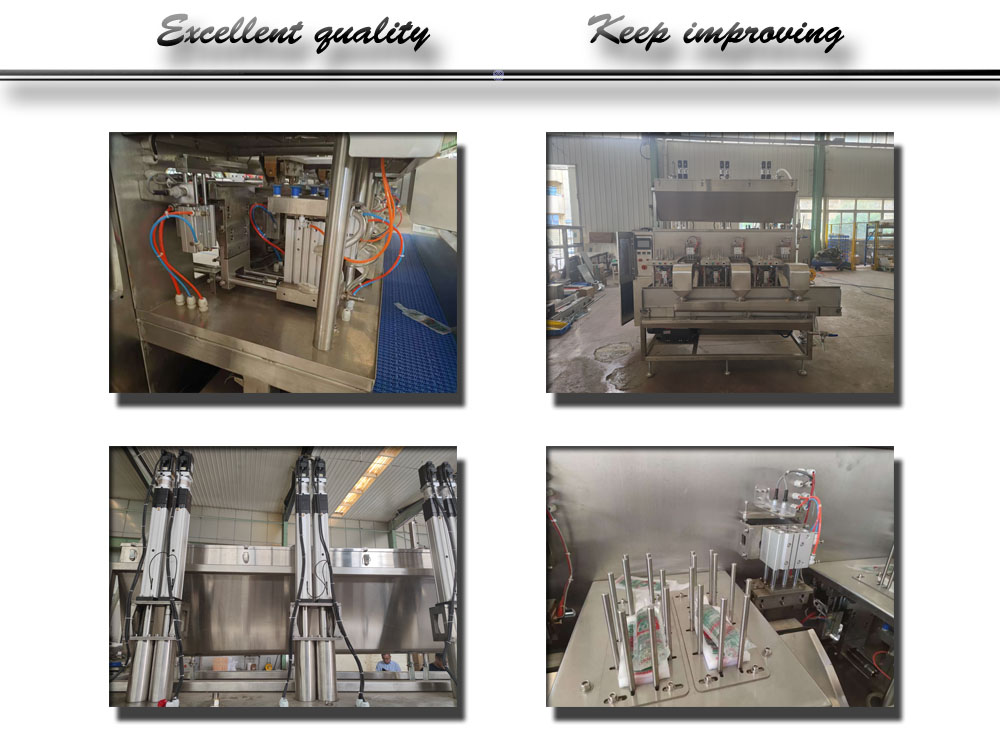
Weekly Maintenance
Disassemble and clean key components such as the filling valve, sensors, and packaging mechanism. Use an appropriate cleaning agent and ensure all parts are thoroughly dry before reassembly. Then, inspect and replace worn parts such as seals, gaskets, and filters. These consumables are crucial for machine hygiene and efficient operation. Finally, verify the accuracy of sensors and measuring devices and calibrate the fill volume to ensure precise juice metering and packaging.
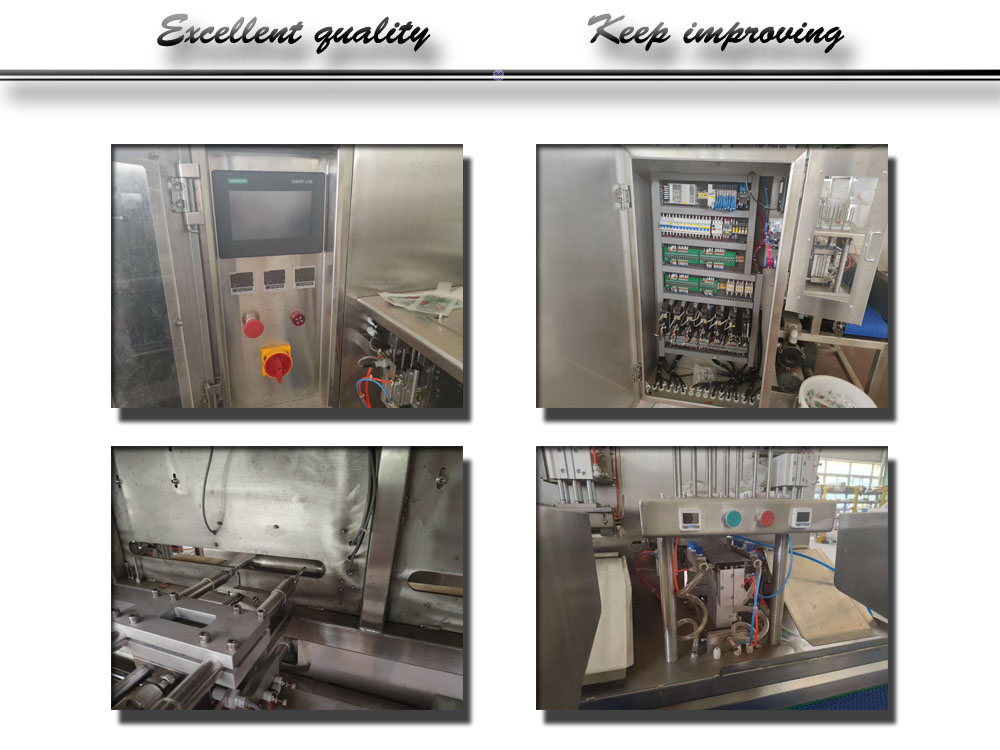
Monthly Maintenance
Perform a detailed inspection of the machine's electrical system, including wiring, connectors, and control panel. Check for signs of wear, corrosion, or damage, then run diagnostic tests to assess the machine's performance. Check for any anomalies in the filling, sealing, and packaging processes. Finally, if applicable, update the machine software to the latest version for improved functionality and security patches.
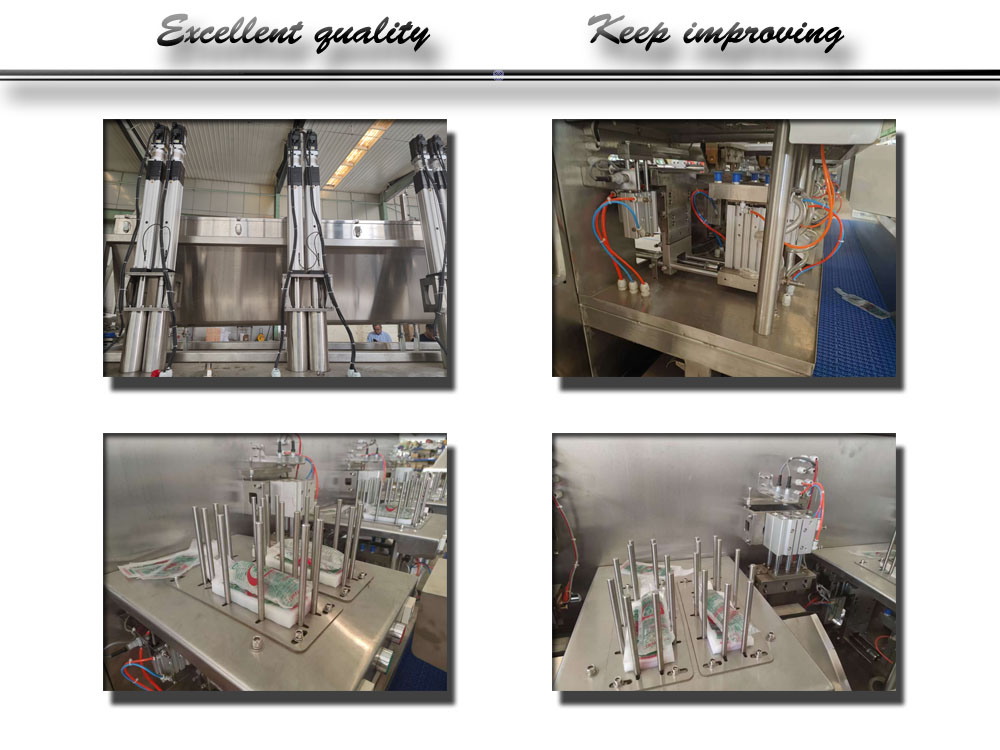
Annual Maintenance
Hire a certified technician to perform an in-depth service on the machine. This includes a thorough inspection, cleaning, and maintenance of all internal components. Replacement of major components such as the motor, pump, and primary seals, based on manufacturer recommendations and machine usage. Finally, analyze the maintenance history to identify any recurring issues or patterns that may require attention or modification to the maintenance program.
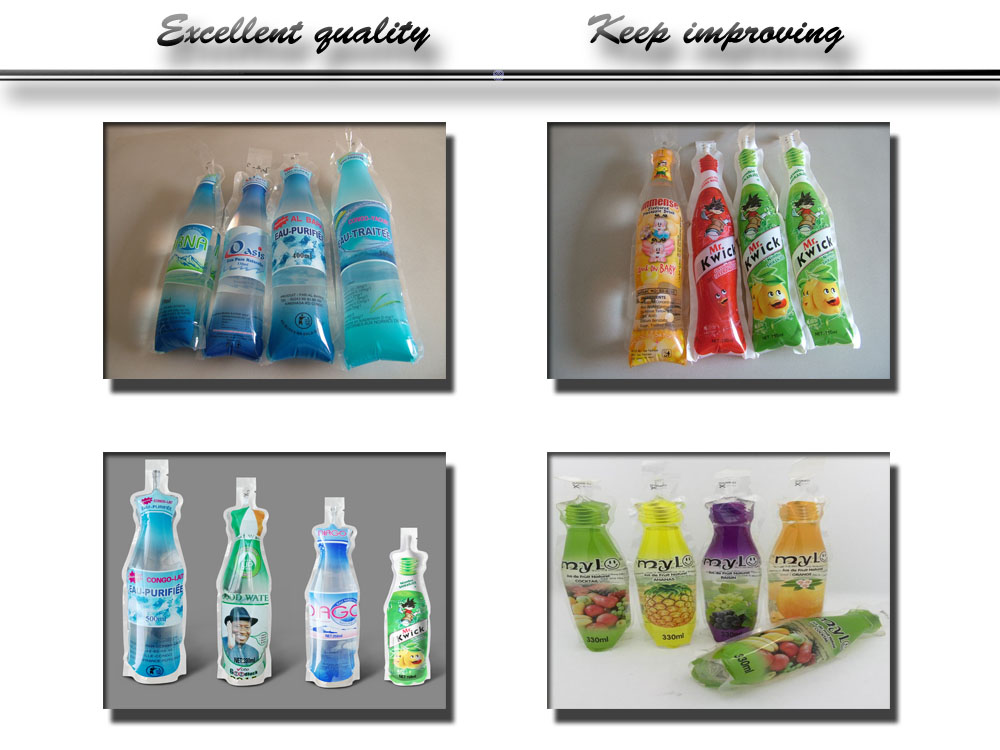
Preventive Maintenance Strategy
Leverage sensor data and operating history to predict potential failures before they occur. This approach helps proactively schedule maintenance. Develop a detailed maintenance plan based on machine usage and manufacturer guidelines. Adherence to this plan can significantly reduce the risk of unexpected failures.
By adhering to these maintenance practices, you can optimize the performance of your fully automated pouch juice filling machine, ensuring it operates at peak efficiency and consistently produces high-quality packaged juice.
Food-grade spout bags are also called twist-off bags or screw-on lid bags. They are suitable for milk, juice, purified water or any liquid with good fluidity. They can also be used to can thick liquids such as honey and ketchup. For chemical products, they can also be used to can shampoo, detergent and other liquids.
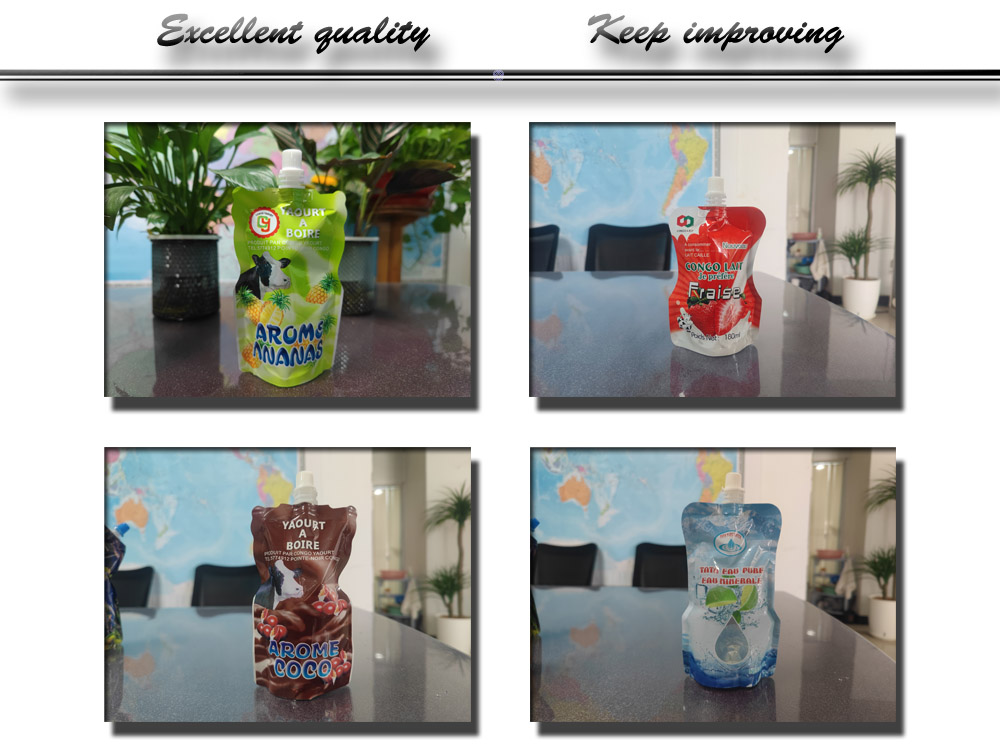
Features
• Safe material: food-grade PET/PE; for areas with plastic reduction laws, we also provide aluminum foil or aluminum-coated PET versions.
• Leak-proof screw cap: You can carry it with you whether you are working or going to school, making it convenient for everyone to travel. After drinking, reseal it and slide the bag into your pocket or backpack - fresh and hygienic every time.
• Space-saving self-supporting bottom: It is firmly placed on the shelf and remains flat when empty.
• The size varies according to the filling volume of different machines, generally between 100 ml and 500 ml, and can be made to 5 liters if required (the filling volume needs to be determined by the size of the machine filling volume); up to 10 colors of printing can be customized.
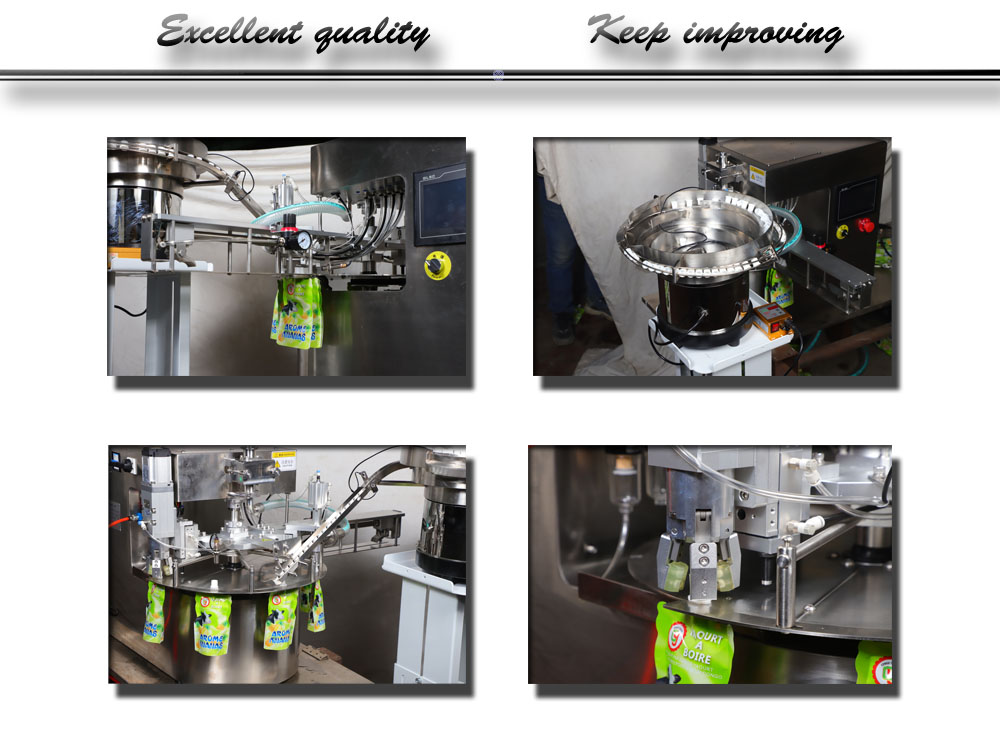
Perfect match
Our compact spout bag filling machine (pictured above) is tailor-made for this bag. Tabletop design, simple and convenient bagging, 1500 bags per hour - perfect for start-ups, cafes, farmers markets or mobile vending machines.
Please contact us for samples, minimum order quantity 100,000 pieces.
Introduction:
In the ever-evolving world of beverage production, innovation is the key to meeting consumer demands for convenience, safety, and sustainability. The semi-automatic bag filling machine has emerged as a game-changer in the industry, offering a versatile and efficient solution for packaging a variety of liquids. This blog post will delve into the world of bag filling machines, exploring their impact on the production of water, juice, and other beverages.
Bag Filling Machines:
The demand for portable and convenient beverage options has led to the popularity of bag filling machines. These machines are designed to fill and seal bags with precision, ensuring that consumers receive a consistent and safe product. The semi-automatic bag filling machine, in particular, has become a favorite among small to medium-sized businesses due to its balance of automation and manual control.
Water and Juice Bag Filling Machine:
The semi-automatic bag filling machine is not limited to a single type of beverage. Its versatility allows it to be used for both water and juice filling machines, making it a valuable asset for businesses that produce a range of liquid products. This adaptability means that manufacturers can easily switch between different types of beverages without the need for multiple machines, saving space and resources.
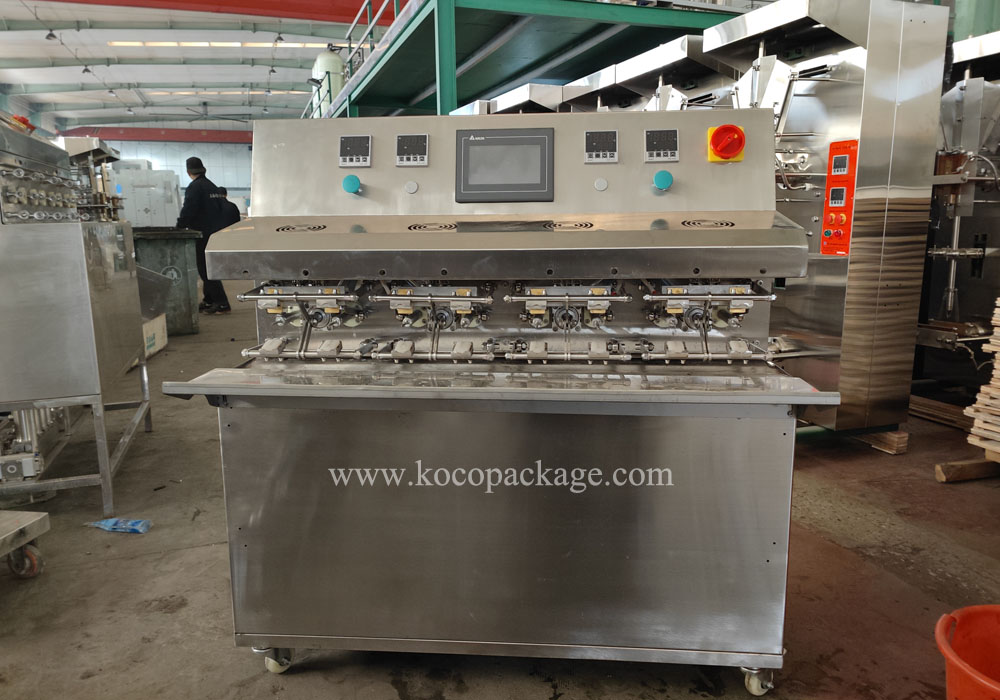
Affordable and Efficient:
For many businesses, the decision to invest in new machinery comes down to cost. The semi-automatic bag filling machine offers an affordable solution that does not compromise on efficiency. Its lower price point makes it accessible to a wider range of businesses, while its performance ensures that it can keep up with the demands of modern production lines.
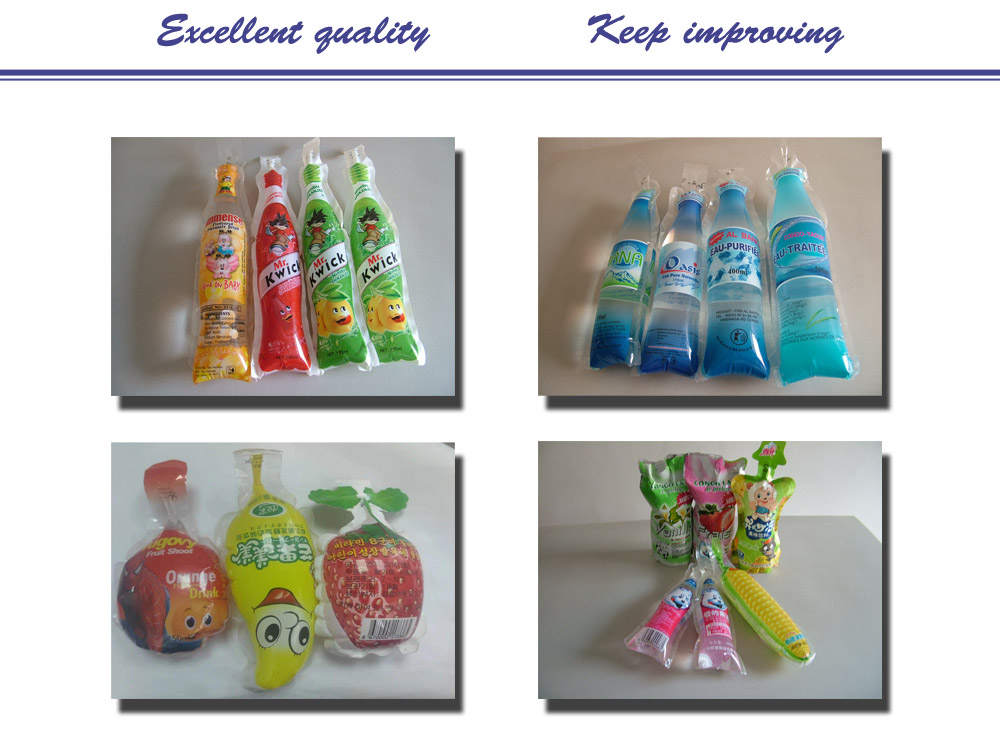
User Friendly Operation:
The semi-automatic bag filling machine is designed with the user in mind. Its operation is simple enough for staff to learn quickly, yet it incorporates advanced technology to ensure accuracy and consistency. This combination of simplicity and technology makes it an ideal choice for businesses that value ease of use without sacrificing quality.
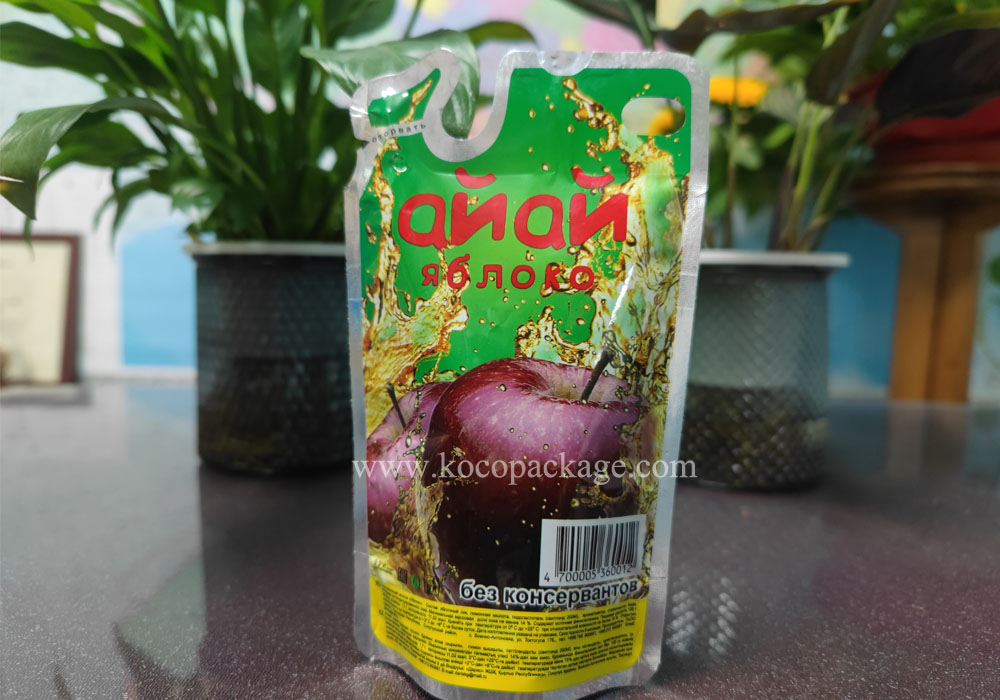
Durability and Reliability:
When it comes to machinery, longevity is a significant factor in the decision-making process. The semi-automatic bag filling machine is built to last, with a robust construction that can withstand the wear and tear of daily use. Its durability means that it can serve as a reliable workhorse for years to come, providing a long-term return on investment.
Conclusion:
The semi-automatic bag filling machine has become an indispensable part of the beverage industry's evolution. Its versatility, affordability, and user-friendly operation make it a popular choice for businesses looking to enhance their packaging capabilities. As the demand for convenient and safe beverage options continues to grow, the semi-automatic juice packaging machine stands ready to meet the challenge, providing a reliable and efficient solution for water, juice, and beyond.
Refrigerant gas R407C has been a reliable choice for air conditioning and heat pump systems, especially since the phase-out of R22. It’s known for being a high efficiency refrigerant and a more eco-friendly alternative. But a common question arises:
Can R407C be used with or mixed with other refrigerants?
Let’s explore what makes R407C refrigerant unique—and why compatibility matters more than you might think.
What Is R407C?
R407C is a zeotropic HFC blend made up of:
R32 (23%)
R125 (25%)
R134a (52%)
This combination gives refrigerant gas R407C a good balance of cooling performance, energy efficiency, and environmental safety (no ozone depletion). It’s commonly used in residential and commercial systems, and it's often considered a go-to R22 replacement.
Since it's chlorine-free, eco-friendly refrigerant R407C meets global environmental regulations like the Montreal Protocol.
Is R407C Compatible With Other Refrigerants?
The short answer: No. Don’t mix refrigerants.
Even though some refrigerants may appear similar, R407C refrigerant is not compatible with:
R22 (its predecessor)
R410A
R134a
Or any other refrigerant
Here’s why:
R407C is a zeotropic blend, which means it has a glide—its components boil at different temperatures. Mixing it with another refrigerant changes the pressure-temperature relationship and disrupts system performance.
Mixed refrigerants can lead to:
Inaccurate superheat/subcooling readings
Reduced efficiency and cooling capacity
Compressor overheating or failure
Loss of manufacturer warranty
In many countries, it's illegal to mix refrigerants due to safety and environmental risks.
What If I’m Replacing R22?
You can use R407C refrigerant for R22 system retrofits, but the process must be done correctly.
Key retrofit steps:
Recover all R22 (don’t mix)
Flush or replace components if needed
Switch from mineral oil to POE oil
Check for material compatibility (especially seals and O-rings)
Charge the system with pure, high efficiency refrigerant R407C
Skipping these steps can reduce efficiency or cause leaks.
Are There Better Alternatives?
While eco-friendly refrigerant R407C is still widely used, newer low-GWP options are entering the market, such as:
R32 (higher efficiency, but mildly flammable)
R454B (lower GWP, designed to replace R410A)
However, if your system is designed for or retrofitted to R407C refrigerant, it remains a cost-effective and efficient solution—just don’t mix it.
Final Thoughts
R407C is not compatible with other refrigerants. Mixing it with anything else, including R22 or R410A, is unsafe, inefficient, and potentially illegal.
If you're using refrigerant gas R407C, keep it pure.
If you’re switching from another refrigerant, retrofit properly.
And when in doubt, always consult a certified HVAC technician.